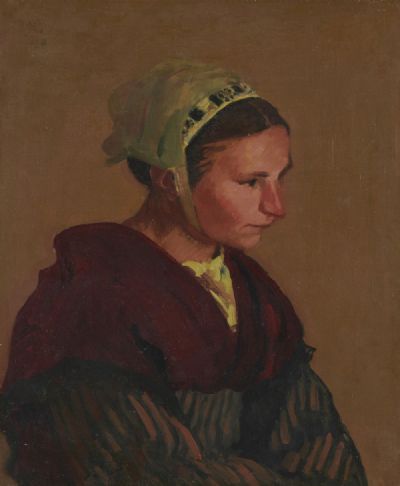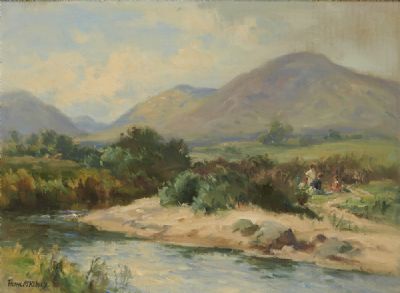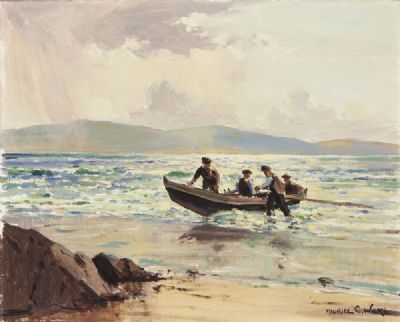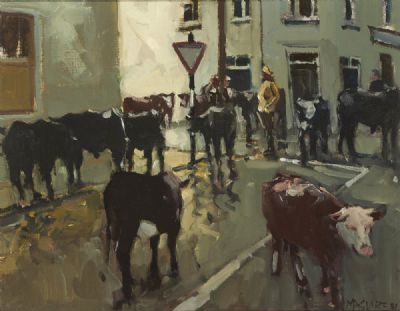Bidding on this item has ended.
Roderic O'Conor
LANDSCAPE WITH VIEW TO THE SEA
Lot 31
Result:
Not Sold
Estimate:
€70,000 - €100,000
Roderic O'Conor, 1860-1940
LANDSCAPE WITH VIEW TO THE SEA
Oil on panel, 14 ¾" x 18" (37.5 x 45.5cm), signed with initials; Atelier stamp verso
Provenance: The Artist's Studio; Sale, Hôtel Drouot, Paris, Vente O'Conor, 7 February 1956;...
Read more
 Lot 31
Roderic O'Conor
LANDSCAPE WITH VIEW TO THE SEA
Lot 31
Roderic O'Conor
LANDSCAPE WITH VIEW TO THE SEA
 Lot 31
Roderic O'Conor
LANDSCAPE WITH VIEW TO THE SEA
Lot 31
Roderic O'Conor
LANDSCAPE WITH VIEW TO THE SEA
Estimate:
€70,000 - €100,000
Roderic O'Conor, 1860-1940
LANDSCAPE WITH VIEW TO THE SEA
Oil on panel, 14 ¾" x 18" (37.5 x 45.5cm), signed with initials; Atelier stamp verso
Provenance: The Artist's Studio; Sale, Hôtel Drouot, Paris, Vente O'Conor, 7 February 1956; Private Collection
Literature
Jonathan Benington, Roderic O'Conor, A Biography with a Catalogue of his Work, Dublin 1992, no. 188 (as Villas near the Sea)
Exhibited
Copenhagen, Winkel and Magnussen, Gaugin og Hans (Gaugin and his friends), 1956, no. 101
Limerick, Hunt Museum, Roderic O'Conor - Shades of a Master, 2003, no. 18 (as Villas near the sea).
On 6 February 1913, Roderic O'Conor received a visit in his Paris studio from Alden Brooks, an American friend who noted in his diary: "trip to Cassis seems to have brightened him up a little."
O'Conor had just returned from his first painting excursion to the small fishing port located to the east of Marseille, where he had been accompanied by his friend and fellow painter, George Barne. The present work may have been executed on that trip or more likely on a return visit he made to the small town over the summer and autumn of 1913, when in true Fauve style he deployed the luminous colours that Books had noted in the two dozen or so landscapes and still lifes he brought back with him.
The brighter sunshine of the Midi seems to have captivated O'Conor, stimulating him to renew the love of landscape that had been such a feature of his earlier Breton period. In Cassis he worked quickly and confidently in front of his chosen motifs, thinning his colours with turps and applying them in washes, interspersed with drier, scumbled brushstrokes and areas of unpainted board or canvas. In this view he directs his gaze from the garden of his villa down towards the port on the left, in which several ships are docked, whilst several neighbouring villas dominate the centre of the composition and, at the far right, a factory chimney pierces the horizon. The work is closely related in its choice of subject and range of colours to the larger oil, The Balustrade, dating from 1913 (Scottish National Gallery of Modern Art, Edinburgh), formerly owned by Sir Alec Guinness.
O'Conor's motivation for making these two trips is not documented, although his interest must have been piqued by the interest the Fauve painters had taken in Cassis from 1904, when Albert Marquet and Charles Camoin visited, followed three years later by Georges Braque and Othon Firesz. As a dedicated and experimental colourist, it was perhaps inevitable that O'Conor would succumb to the lure of the South In so doing, he continued the role he had established in 1904 in Paris when he befriended the young art critic Clive Bell, thereby forging a connection between the country in which he was domiciled, France, and an English-speaking art worked that eagerly sought his views as a committed modernist and former friend of Paul Gauguin. Indeed, whilst staying in Cassis he received in the post a copy of Clive Bell's seminal article, "Post-Impressionism and Aesthetics", in which he expounded his theory of significant form. [1] Nine months later, O'Conor addressed two letters to Bell from the Villa Marguerite in Cassis, relaying news of Marquet's and Henri Manguin's movements, besides advising Bell to seek out the work of Robert Delaunay, "the only new talent who seems to promise anything. "[2] A few days shy of his fifty-third birthday, O'Conor still had 'the eye'.
Jonathan Benington
[1] Mark Hussey, Clive Bell and the making of modernish, a biography, London 2021, p. 108.
[2] Letter dated 12 October, 1913, OCCB 10b, National Gallery of Ireland archive, Dublin.
LANDSCAPE WITH VIEW TO THE SEA
Oil on panel, 14 ¾" x 18" (37.5 x 45.5cm), signed with initials; Atelier stamp verso
Provenance: The Artist's Studio; Sale, Hôtel Drouot, Paris, Vente O'Conor, 7 February 1956; Private Collection
Literature
Jonathan Benington, Roderic O'Conor, A Biography with a Catalogue of his Work, Dublin 1992, no. 188 (as Villas near the Sea)
Exhibited
Copenhagen, Winkel and Magnussen, Gaugin og Hans (Gaugin and his friends), 1956, no. 101
Limerick, Hunt Museum, Roderic O'Conor - Shades of a Master, 2003, no. 18 (as Villas near the sea).
On 6 February 1913, Roderic O'Conor received a visit in his Paris studio from Alden Brooks, an American friend who noted in his diary: "trip to Cassis seems to have brightened him up a little."
O'Conor had just returned from his first painting excursion to the small fishing port located to the east of Marseille, where he had been accompanied by his friend and fellow painter, George Barne. The present work may have been executed on that trip or more likely on a return visit he made to the small town over the summer and autumn of 1913, when in true Fauve style he deployed the luminous colours that Books had noted in the two dozen or so landscapes and still lifes he brought back with him.
The brighter sunshine of the Midi seems to have captivated O'Conor, stimulating him to renew the love of landscape that had been such a feature of his earlier Breton period. In Cassis he worked quickly and confidently in front of his chosen motifs, thinning his colours with turps and applying them in washes, interspersed with drier, scumbled brushstrokes and areas of unpainted board or canvas. In this view he directs his gaze from the garden of his villa down towards the port on the left, in which several ships are docked, whilst several neighbouring villas dominate the centre of the composition and, at the far right, a factory chimney pierces the horizon. The work is closely related in its choice of subject and range of colours to the larger oil, The Balustrade, dating from 1913 (Scottish National Gallery of Modern Art, Edinburgh), formerly owned by Sir Alec Guinness.
O'Conor's motivation for making these two trips is not documented, although his interest must have been piqued by the interest the Fauve painters had taken in Cassis from 1904, when Albert Marquet and Charles Camoin visited, followed three years later by Georges Braque and Othon Firesz. As a dedicated and experimental colourist, it was perhaps inevitable that O'Conor would succumb to the lure of the South In so doing, he continued the role he had established in 1904 in Paris when he befriended the young art critic Clive Bell, thereby forging a connection between the country in which he was domiciled, France, and an English-speaking art worked that eagerly sought his views as a committed modernist and former friend of Paul Gauguin. Indeed, whilst staying in Cassis he received in the post a copy of Clive Bell's seminal article, "Post-Impressionism and Aesthetics", in which he expounded his theory of significant form. [1] Nine months later, O'Conor addressed two letters to Bell from the Villa Marguerite in Cassis, relaying news of Marquet's and Henri Manguin's movements, besides advising Bell to seek out the work of Robert Delaunay, "the only new talent who seems to promise anything. "[2] A few days shy of his fifty-third birthday, O'Conor still had 'the eye'.
Jonathan Benington
[1] Mark Hussey, Clive Bell and the making of modernish, a biography, London 2021, p. 108.
[2] Letter dated 12 October, 1913, OCCB 10b, National Gallery of Ireland archive, Dublin.
- Enquire
- View all lots by this artist
- How bidding works
Please note: You will require a deVeres account in order to bid. Please register via the website. Each lot will close numerically. If there is late bidding the time may be extended which could delay subsequent lots. The lots will start to close from 2.00pm on auction day, closing at 45 second intervals.
PLEASE BID EARLY TO AVOID DISAPPOINTMENT.
In order to allow rival bidders the opportunity to respond to a late bid the following extensions will apply:
IF A BID IS RECEIVED WITHIN THE FINAL 45 SECONDS OF THE COUNTDOWN THE CLOCK WILL RESET TO 60 SECONDS.
At any point you can leave a maximum bid, representing the highest price you are prepared to pay for a particular lot. Bidding only advances when there is competition from a rival bidder. In that case the system bids on your behalf, only up to the maximum if required. All bids are relayed to you be email, along with notification if you have been outbid.
All maximum bids are confidential and not disclosed. The system will endeavor to purchase the lot for you for the least price. Bids are subject to buyer’s premium of 25% (incl vat), with no additional charges.
In the event of a tied bid, the preference will be given to the bid submitted first. The second bidder will receive immediate notification of being outbid.
PLEASE BID EARLY TO AVOID DISAPPOINTMENT.
In order to allow rival bidders the opportunity to respond to a late bid the following extensions will apply:
IF A BID IS RECEIVED WITHIN THE FINAL 45 SECONDS OF THE COUNTDOWN THE CLOCK WILL RESET TO 60 SECONDS.
At any point you can leave a maximum bid, representing the highest price you are prepared to pay for a particular lot. Bidding only advances when there is competition from a rival bidder. In that case the system bids on your behalf, only up to the maximum if required. All bids are relayed to you be email, along with notification if you have been outbid.
All maximum bids are confidential and not disclosed. The system will endeavor to purchase the lot for you for the least price. Bids are subject to buyer’s premium of 25% (incl vat), with no additional charges.
In the event of a tied bid, the preference will be given to the bid submitted first. The second bidder will receive immediate notification of being outbid.
Sign-up to our auction alert
Signup for personalised Irish art recommendations, invitations to viewings and auctions, articles and more.

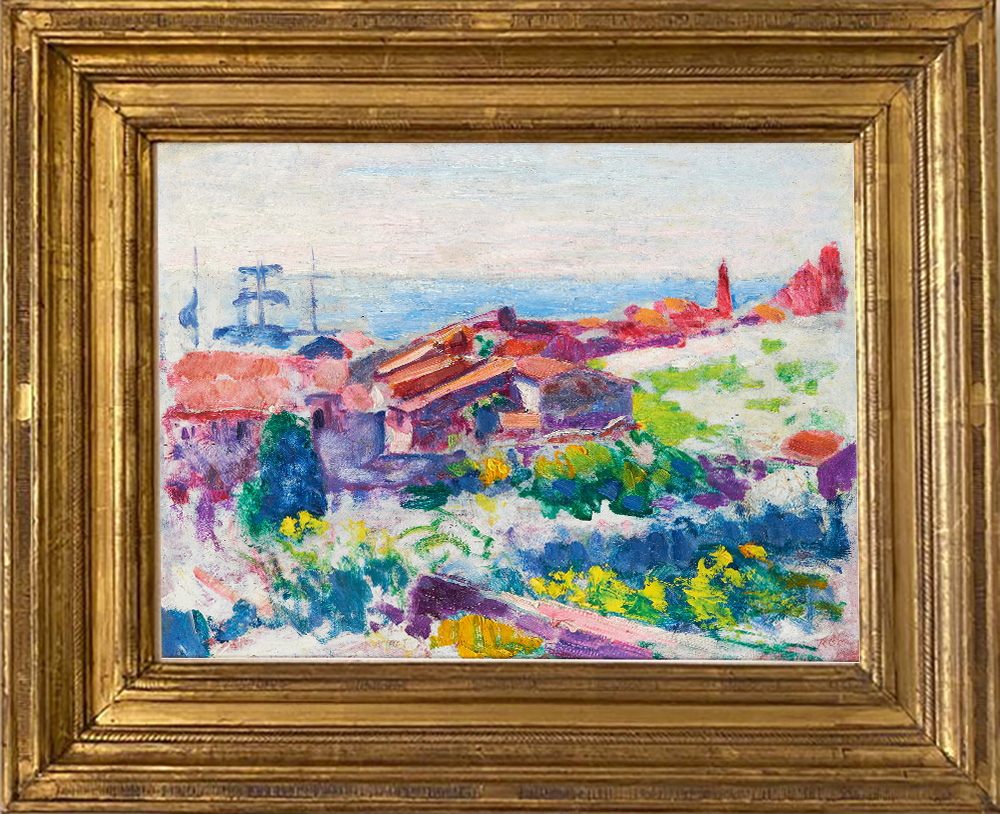
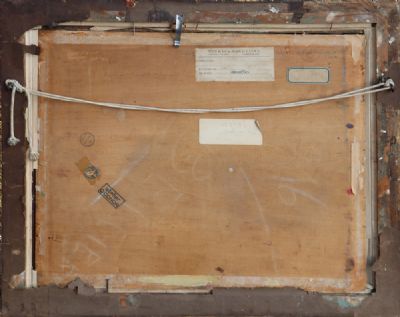
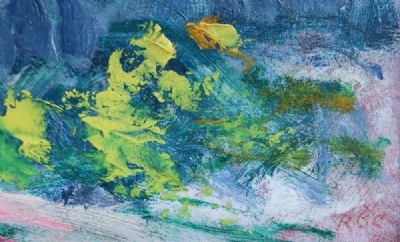
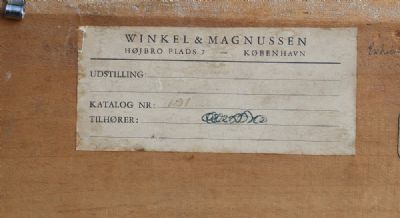
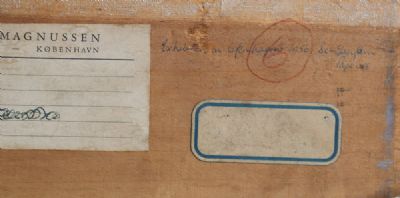
 View More Videos
View More Videos DVTV Click Here To View Video
DVTV Click Here To View Video